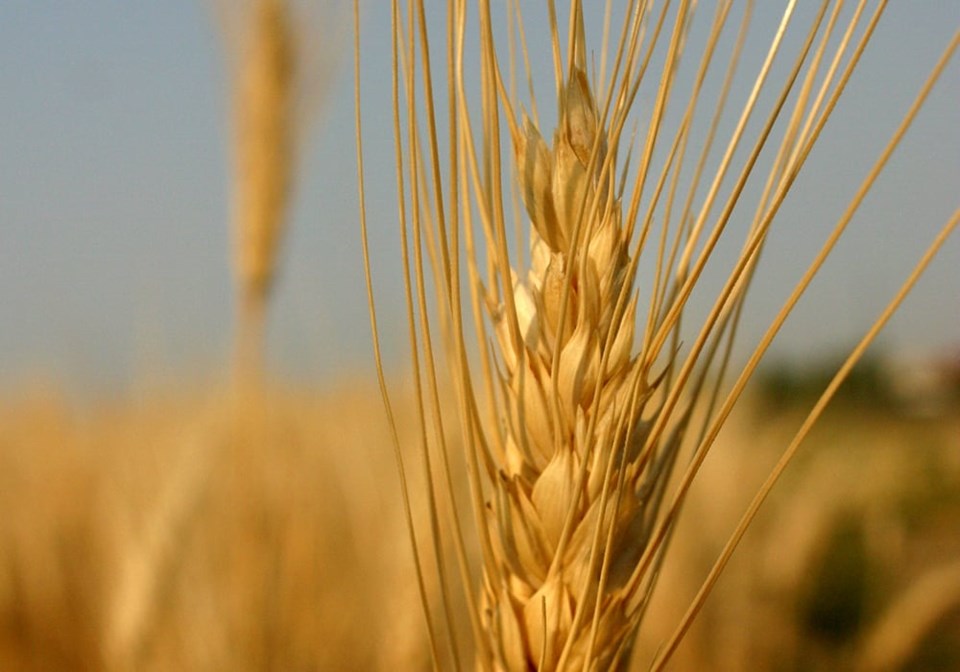SASKATOON — A country that emerged as a surprise competitor to Canadian durum growers last year will likely be at it again in 2024-25.
The U.S. Department of Agriculture’s Foreign Agricultural Service (FAS) is forecasting that Turkey will produce 4.4 million tonnes of the crop, a 10 per cent increase over last year.
Adequate and timely rains are critical for production, with 80 per cent of the country’s wheat grown under dryland farming conditions.
“Rainfall levels from October 2023 through February of this year were above average and significantly higher than the same period last year, which was one of the driest periods on record,” said FAS.
Carlotta De Pasquale, an analyst with Arete, an Italian agri-food intelligence company, thinks the final production number could be even higher with some in Turkey’s grain trade forecasting 4.7 million tonnes.
The FAS expects Turkey to export two million tonnes of the crop in 2024-25, up from 1.5 million tonnes this year.
The country was a net importer of the crop prior to 2023-24. That changed when the government introduced new regulations allowing pasta for export to be made entirely with soft wheat.
Prior to that it could contain a maximum of 30 per cent soft wheat.
The policy change has lowered domestic consumption of durum and freed up more than one million tonnes for export, stunning the durum market.
De Pasquale doesn’t know whether Turkey will extend that policy in 2024-25, but it would make sense given the devaluation of the Turkish lira.
“The government has a high interest in keeping exports high (both of pasta and durum wheat) as they provide foreign currency,” she said in an email.
Russia is the other emerging force in durum markets. Strategie Grains estimates last year’s crop at 1.3 million tonnes, with exports projected at 800,000 tonnes, a 60 per cent increase over the previous year.
Russia’s Ministry of Agriculture is forecasting 1.8 to two million tonnes of production this year and up to one million tonnes of exports, according to the translation of an article published by Russia’s National Union of Breeders and Seed Growers.
The article said shipments to the European Union could be thwarted by a proposed 148 euro ($217) per tonne tariff.
If that happens, Russia’s durum would instead be shipped to Algeria, Tunisia, Turkey and Morocco.
U.S. Wheat Associates (USW) said the emergence of the two countries has had a huge affect on the durum market.
“The influx of low-priced Turkish and Russia durum has eroded world durum prices,” it said in a recent Wheat Letter Blog.
French prices have fallen 12 per cent since October 2023, Canadian values are down 20 per cent and U.S. prices have tumbled 25 per cent.
And that is in an environment of tight global durum supplies. The International Grains Council (IGC) estimates world production fell by 10 per cent in 2023-24 to 31.4 million tonnes due to droughts in Canada and Spain and harvest rain in Italy.
Global consumption is expected to exceed production by 2.6 million tonnes this year.
IGC is forecasting a recovery in world durum production in 2024-25 to 34.6 million tonnes based on favourable weather in Canada, the EU and Turkey.
De Pasquale agrees that supplies are likely to rebound in 2024-25.
“After several years of stock depletion, the durum market is expected to see a production surplus next year, thanks to abundant output in Turkey and Russia and recovering production in North America,” she said.
However, there are problems in the European Union, where seeding declined by nine per cent and there are “sub-optimal” conditions in Sicily.
De Pasquale said total production might be scarce in the EU, but crop quality will likely be better than last year, when it was deeply compromised by harvest floods.
“This could limit the demand for (EU) imports in 2024-25,” she said.
“As for North Africa, drought will limit production once again, and demand for imports is expected to remain high.”
U.S. growers plan to seed 2.03 million acres of durum, a 22 per cent increase over last year. Canadian growers intend to plant 6.34 million acres, a five per cent increase over last year.
“Weather remains the unknown variable,” said De Pasquale.
“The market has very limited stocks to face the chance of another year of limited harvest if problems were to arise in several producing regions.”
Contact [email protected]




